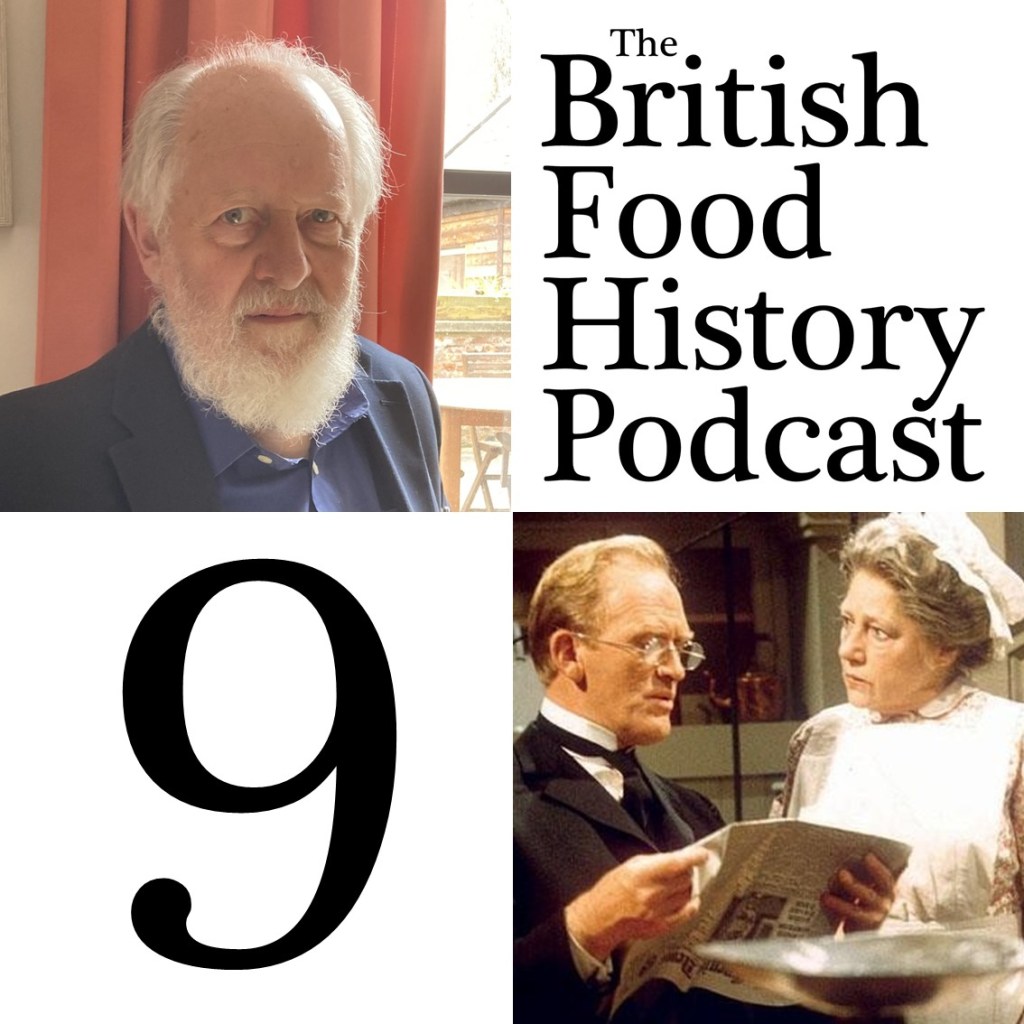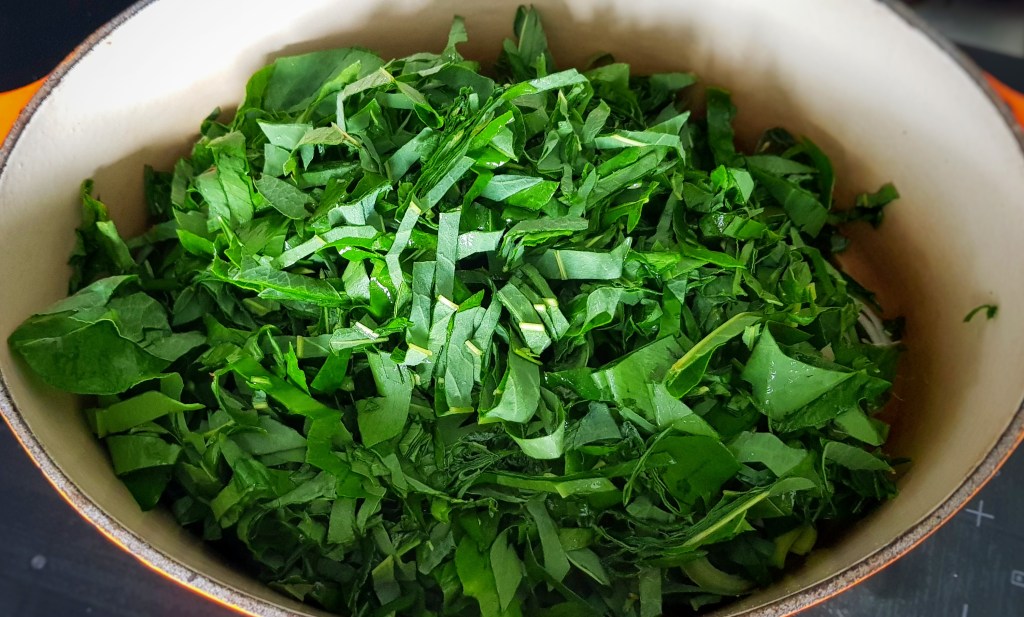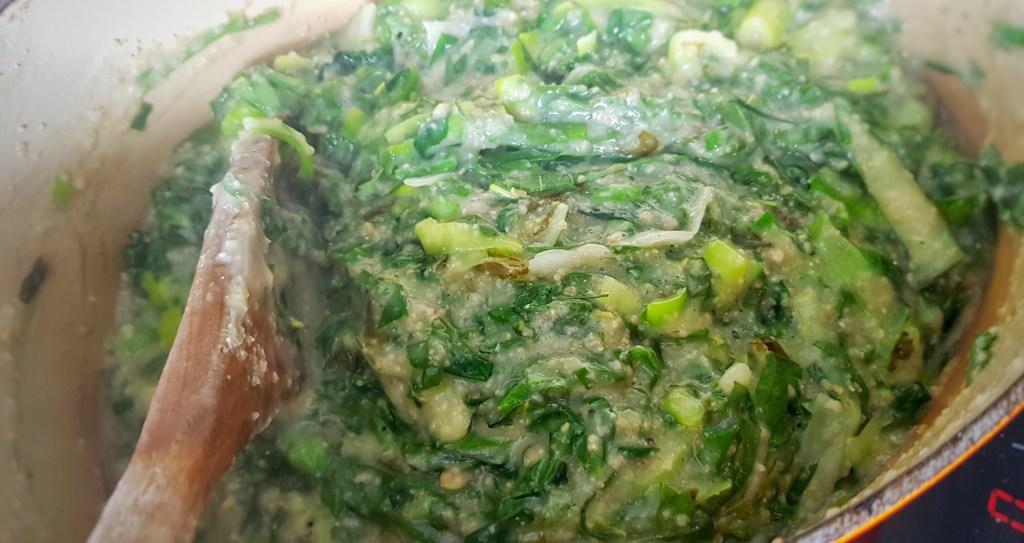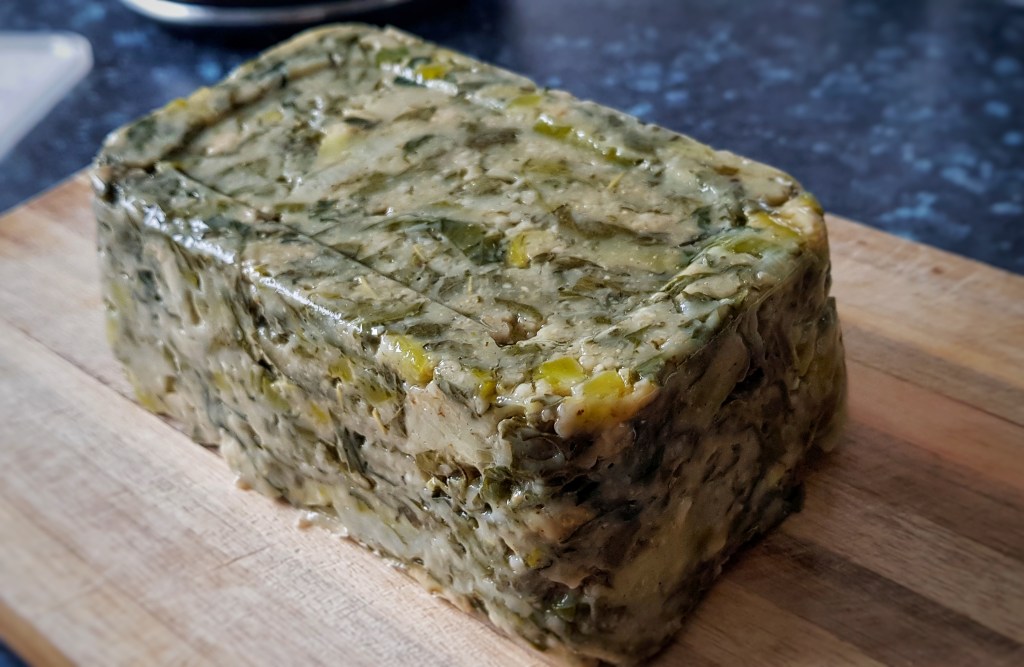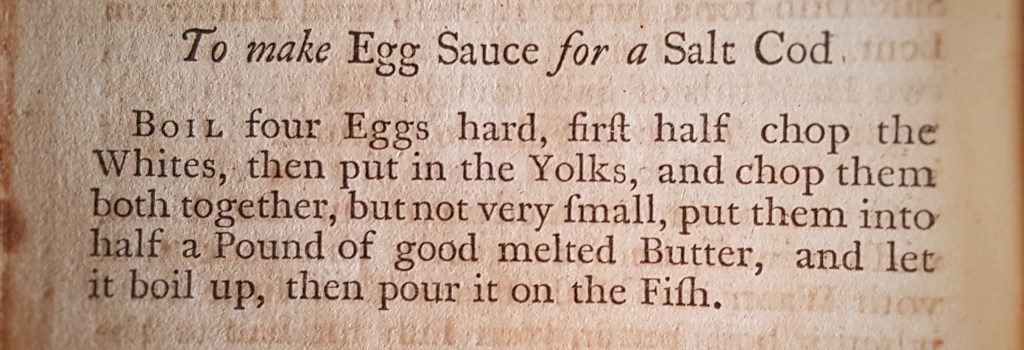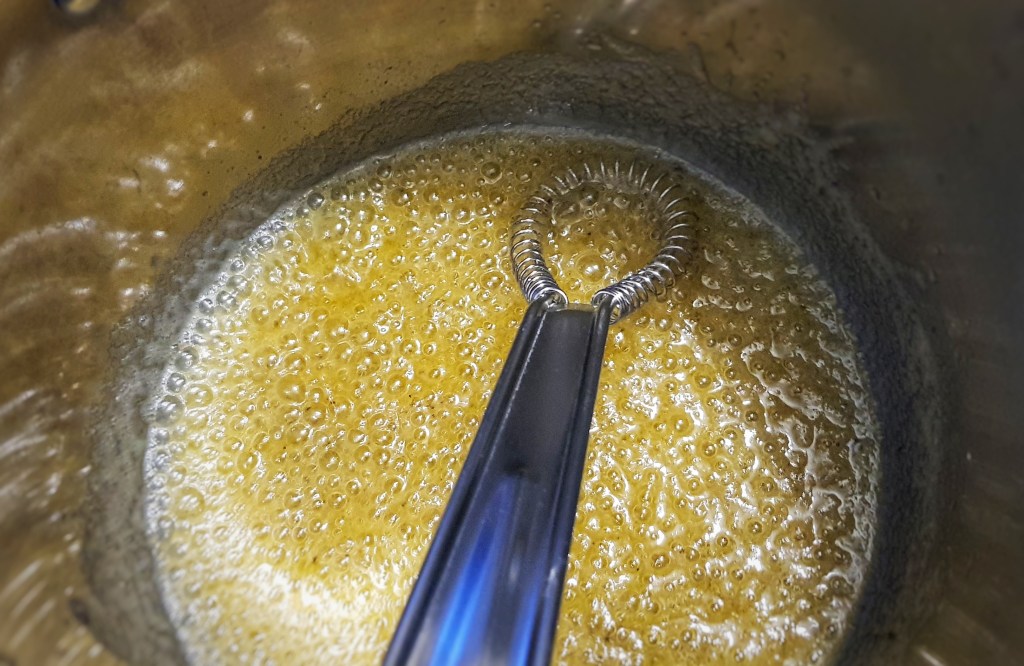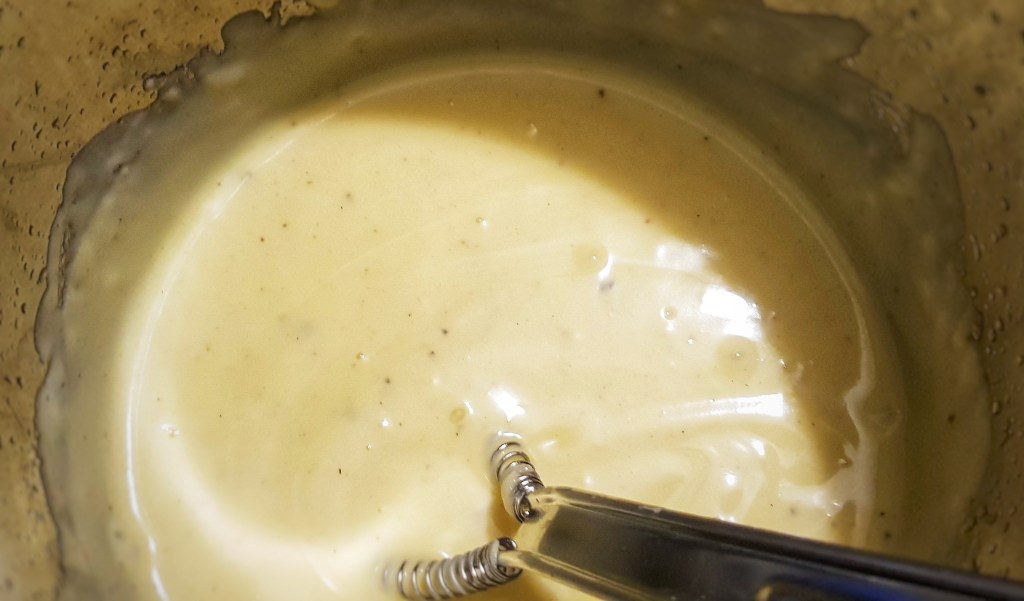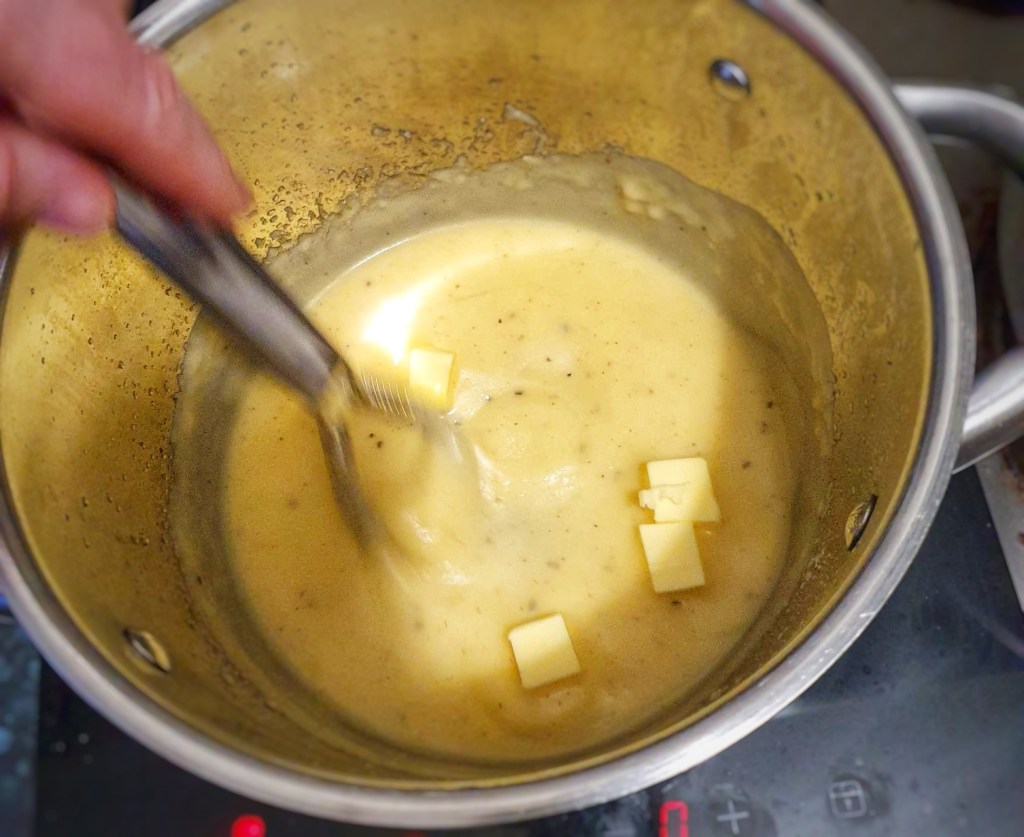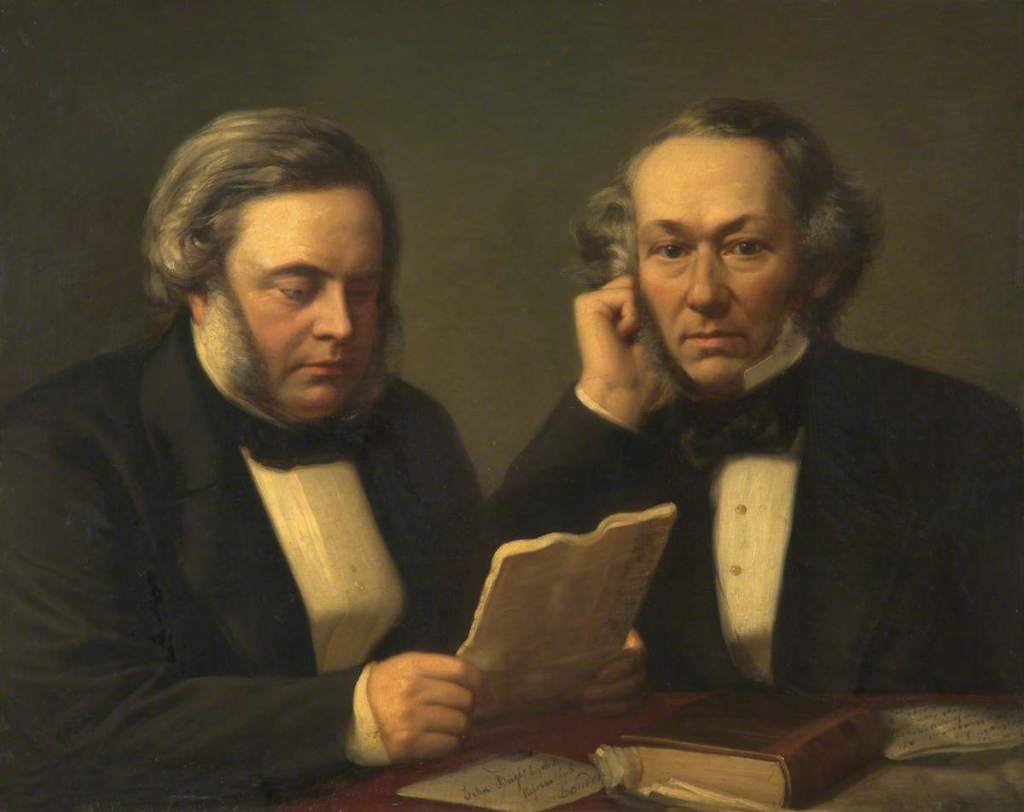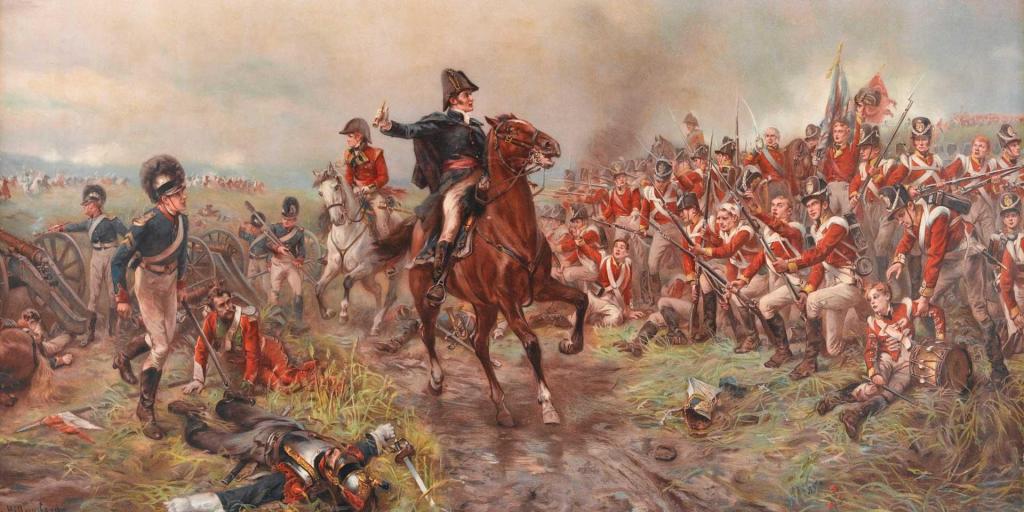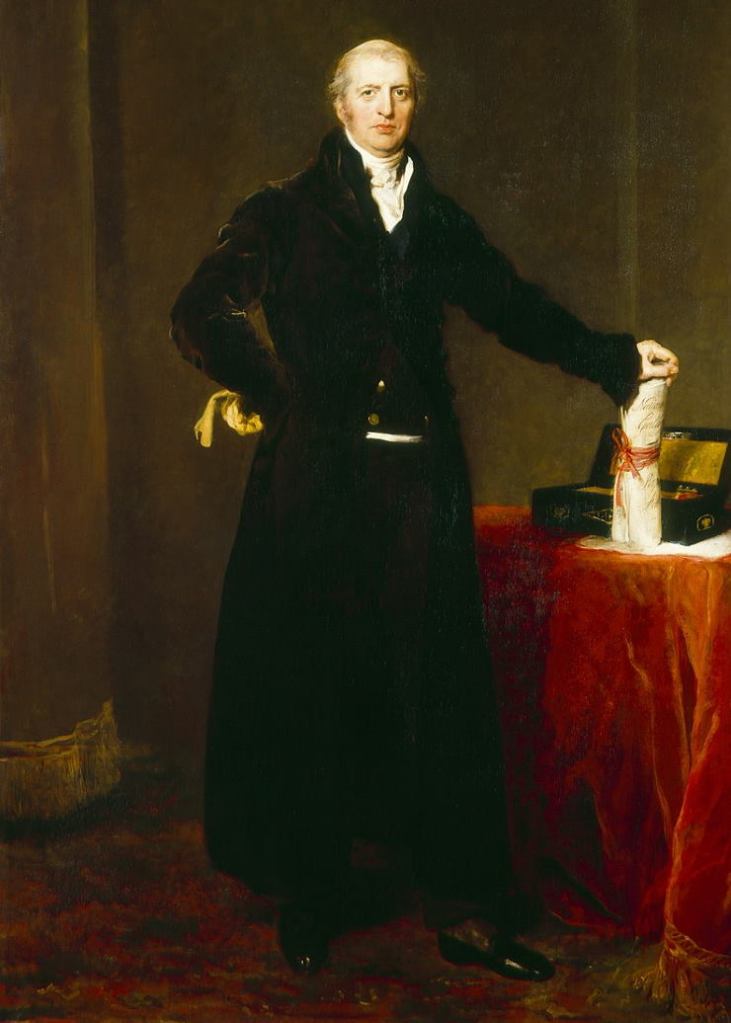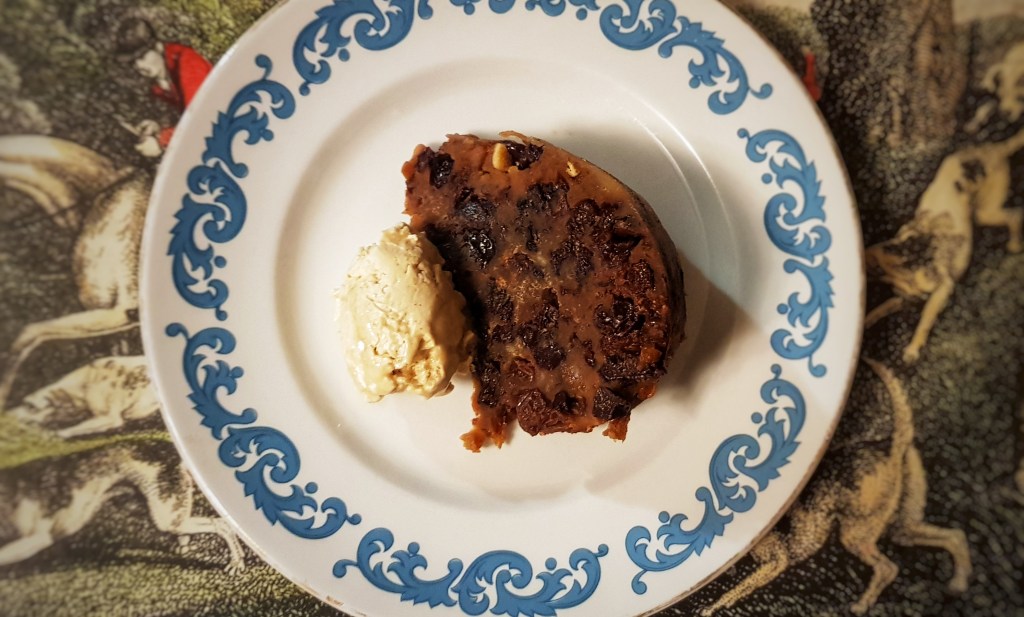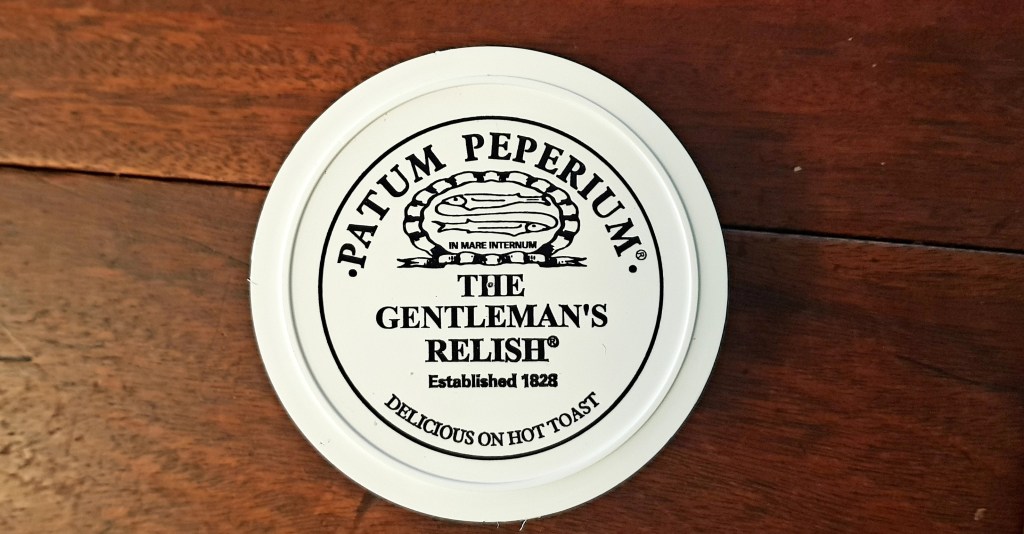In today’s episode of The British Food History Podcast, I speak with Peter Brears, a world-leading food historian. He was director of both York and Leeds City Museums, and is a consultant to the National Trust, English Heritage and Historic Royal Palaces.
He is the winner of the André Simon award for his book, Cooking and Dining in Medieval England, published in 2012, which is a must-have, as are his other books in the series that focus on upper-class cooking and dining in the Tudor and Early Stuart periods, and most recently in the Victorian country house.
He is also a founding member of the Leeds Symposium of Food History and Traditions, which will have its 40th next year.
Our conversation was recorded in person at his home in Leeds.
We talk about the roles of the housekeeper and butler first in the Victorian period, but then trace their histories back right to the Middle Ages in the case of the butler. Also covered: orchestrating big meals, the drinks prepared by the butler, the mysteries of the stillroom, and the pressures of preparing a baked Alaska – amongst many other things.
The podcast is available on all podcast apps and YouTube. You can also stream it via this Spotify embed:
Those listening to the secret podcast can hear about French and Russian service, when housekeepers are definitely not subservient, the dos and don’ts of displaying porcelain and the contents of the housekeeper’s cupboard.
Remember: Fruit Pig are sponsoring the 9th season of the podcast, and Grant and Matthew are very kindly giving listeners to the podcast a unique special offer 10% off your order until the end of October 2025 – use the offer code Foodhis in the checkout at their online shop, www.fruitpig.co.uk.
If you can, support the podcast and blogs by becoming a £3 monthly subscriber, and unlock lots of premium content, including bonus blog posts and recipes, access to the easter eggs and the secret podcast, or treat me to a one-off virtual pint or coffee: click here.
This episode was mixed and engineered by Thomas Ntinas of the Delicious Legacy podcast.


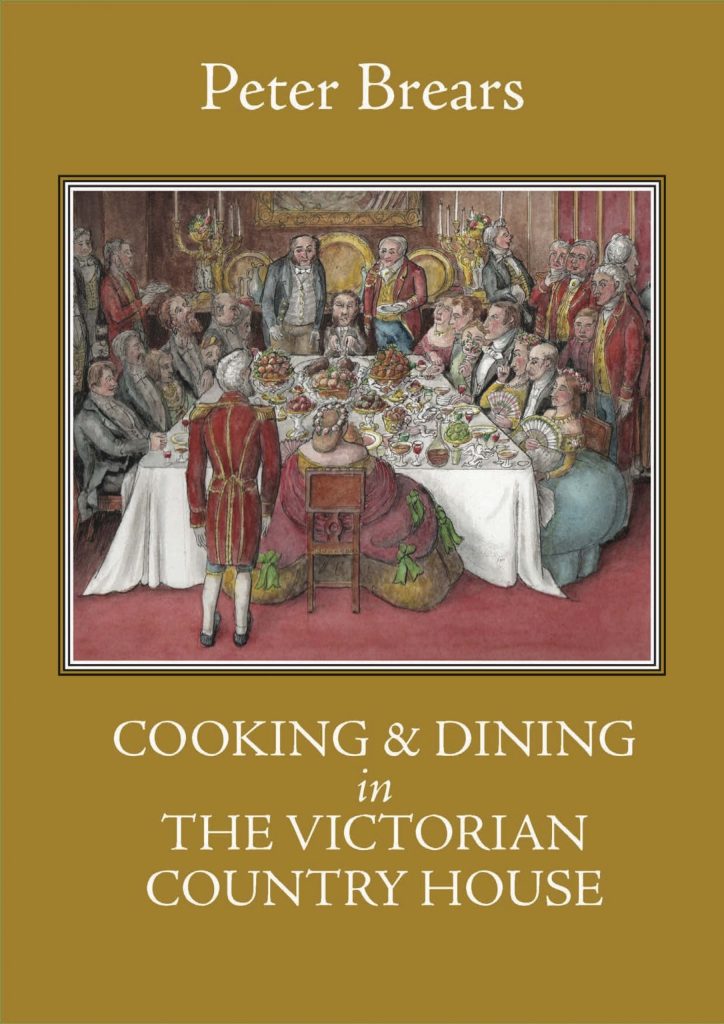
Things mentioned in today’s episode
Cooking & Dining in Medieval England by Peter Brears (2012)
Cooking & Dining in Tudor & Early Stuart England by Peter Brears (2015)
Cooking & Dining in the Victorian Country House by Peter Brears (2023)
Before Mrs Beeton: Elizabeth Rafflad, England’s Most Influential Housekeeper by Neil Buttery (2023)
Everyday Life in Seventeenth Century Calderdale by Peter Brears (2025)
Peter’s PPC article ‘What the housekeeper kept in her drawers’ (2015) PPC 103, 61-74
Serve it Forth website – You can still receive 25% off the ticket price using the code SERVE25 at the checkout!
Serve it Forth Eventbrite page
Roast Saddle of Lamb on the Neil Cooks Grigson blog
Previous pertinent podcast episodes
18th Century Dining with Ivan Day
Elizabeth Raffald with Neil Buttery & Alessandra Pino
Neil’s other blog and YouTube channel
The British Food History Channel
Neil’s books
Before Mrs Beeton: Elizabeth Raffald, England’s Most Influential Housekeeper
Knead to Know: a History of Baking
Don’t forget, there will be postbag episodes in the future, so if you have any questions or queries about today’s episode, or indeed any episode, or have a question about the history of British food please email me at neil@britishfoodhistory.com, or on twitter and BlueSky @neilbuttery, or Instagram and Threads dr_neil_buttery. My DMs are open.
You can also join the British Food: a History Facebook discussion page: https://www.facebook.com/groups/britishfoodhistory

